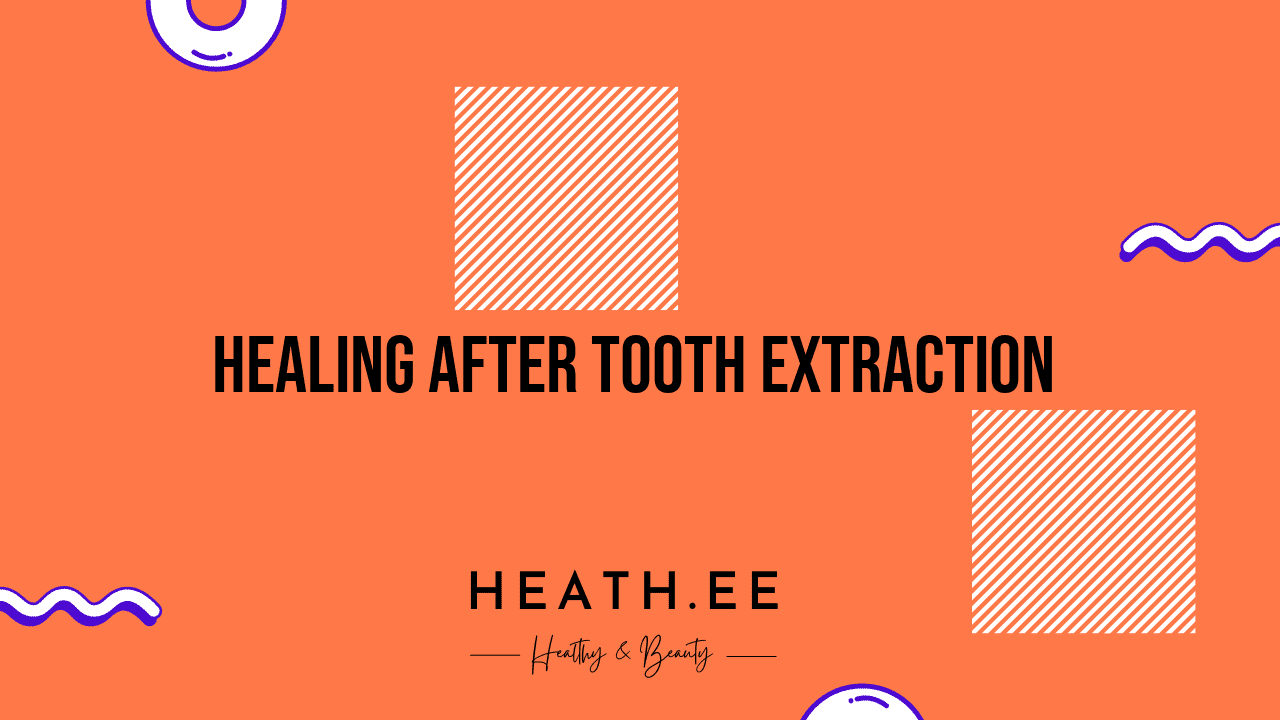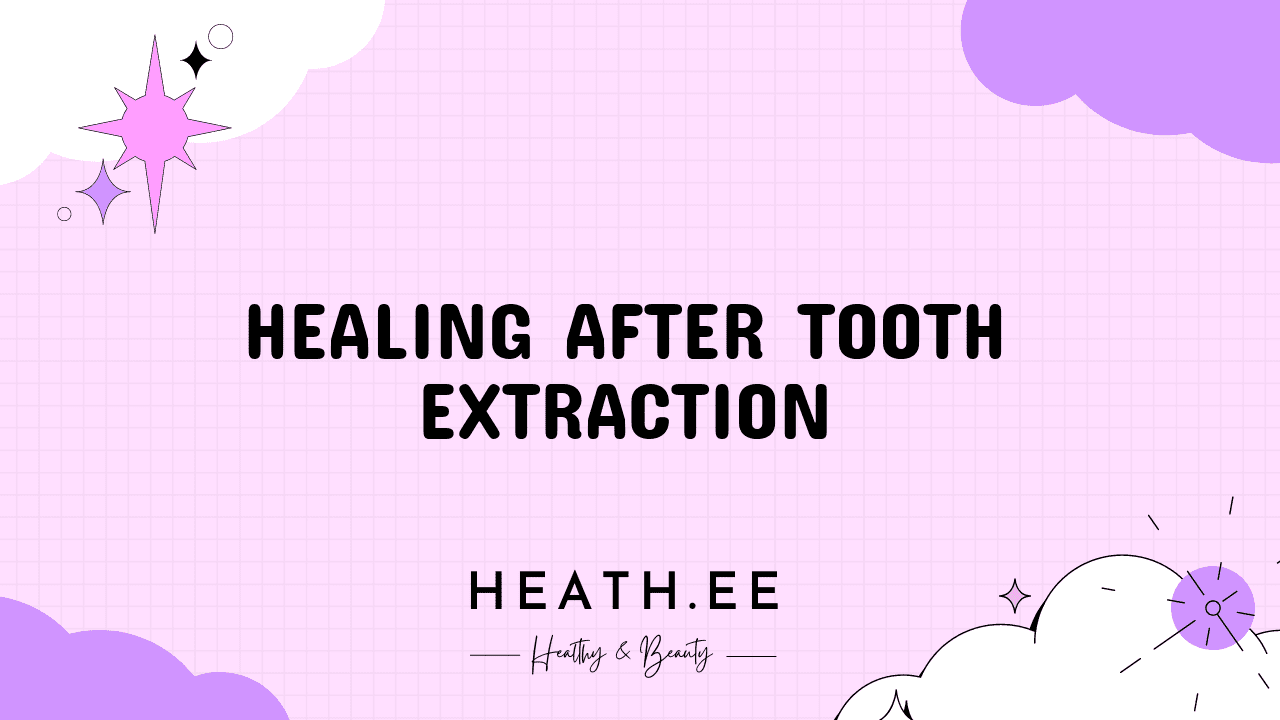When it comes to dental care, tooth extraction can be a daunting experience. This is especially true for those who are unfamiliar with the process and the post-operative care that comes with it. One of the most common questions asked by patients after a tooth extraction is what the white stuff is that may appear during the healing process. This article will provide a comprehensive guide to post-operative care for tooth extraction and explain the white stuff that can appear during the healing process.
What is Tooth Extraction?
Tooth extraction is the process of removing a tooth from its socket in the bone. The process is often used to treat a variety of dental issues, such as severe decay, infection, or overcrowding. It can also be used to remove wisdom teeth that have not erupted properly or to make room for orthodontic treatment.
Tooth extraction is usually performed by a dentist or an oral surgeon. The procedure is typically done under local anesthesia and can take anywhere from a few minutes to an hour, depending on the complexity of the extraction.

What is the White Stuff After Tooth Extraction?
The white stuff that may appear after a tooth extraction is called a “healing exudate” or “serum.” It is a normal part of the healing process and is made up of a combination of blood, serum, and white blood cells. It is the body’s way of protecting the area and promoting healing.
The healing exudate is usually white or yellowish in color and can appear within the first few days after the extraction. It may be thick and sticky, or thin and watery. It is important to note that the healing exudate may contain small amounts of blood, which can cause the white stuff to appear pinkish in color.
How to Care for the Extraction Site After Tooth Extraction
It is important to take good care of the extraction site after a tooth extraction. The following tips can help promote healing and reduce the risk of infection:
-
Keep the area clean: Gently rinse the area with warm salt water after meals and before bed. Do not brush or floss the area for at least 24 hours after the extraction.
-
Avoid smoking: Smoking can slow the healing process and increase the risk of infection.
-
Avoid drinking through a straw: Sucking on a straw can cause the clot to become dislodged, leading to a painful condition called “dry socket.”
-
Avoid strenuous activity: Strenuous activity can increase bleeding and slow the healing process.
-
Take pain medication as prescribed: Pain medication can help reduce discomfort and promote healing.

When to See a Dentist After Tooth Extraction
It is important to contact your dentist if you experience any of the following:
-
Persistent pain: Pain that lasts more than a few days after the extraction should be evaluated by a dentist.
-
Excessive bleeding: If the area continues to bleed after the first 24 hours, it is important to seek medical attention.
-
Fever: A fever may indicate an infection and should be evaluated by a dentist.
-
Unusual discharge: If the white stuff changes color or becomes thick and smelly, it may indicate an infection and should be evaluated by a dentist.
Conclusion
Tooth extraction healing white stuff is a normal part of the healing process. It is important to take good care of the extraction site and contact your dentist if you experience any unusual symptoms. With proper care and attention, the extraction site should heal within a few weeks.



